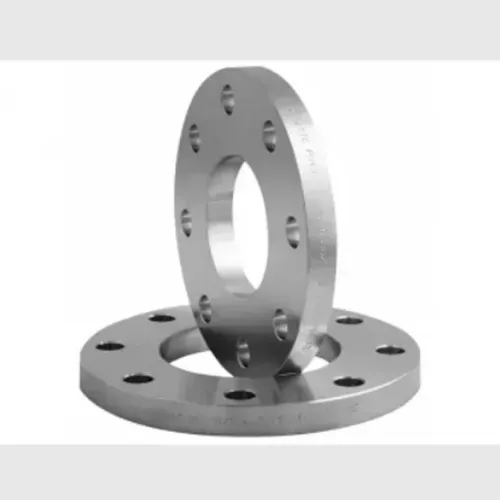-
Cangzhou Yulong Steel Co., Ltd.
-
Phone:
+86 13303177267 -
Email:
admin@ylsteelfittings.com

Oct . 14, 2024 07:07 Back to list
Understanding Blind Pipe Flanges and Their Applications in Piping Systems
Understanding Blind Pipe Flanges A Comprehensive Overview
In the world of piping systems, various components play critical roles in ensuring efficient and secure connections. One of these essential elements is the blind pipe flange. While it may seem like a simple component, the functionality and applications of blind flanges are far-reaching, making them an important subject for those involved in piping design and maintenance.
What is a Blind Pipe Flange?
A blind pipe flange is a type of flange that is used to seal the end of a piping system
. Unlike standard flanges which connect two pipes together, a blind flange does not have a hole in the center. This design creates a solid barrier, effectively preventing any flow of liquids or gases through the pipe. Blind flanges come in various sizes, materials, and pressure ratings, making them versatile components suited for a range of applications.Applications of Blind Flanges
Blind flanges are commonly used in various industries, including oil and gas, chemical processing, water treatment, and power generation. They serve several key purposes
1. System Maintenance and Inspection Blind flanges allow for easy access to the piping system for maintenance and inspection purposes. By removing the blind flange, operators can safely enter the system for cleaning, repairs, or modifications.
2. Final Sealing of Piping Systems In many cases, piping systems require a final seal to prevent any leakage. Blind flanges provide a robust solution to this need, ensuring that no fluids escape from the end of the pipe.
3. Testing and Pressure Relief When conducting pressure tests on a system, blind flanges can be utilized to close off certain sections of the piping. This helps in identifying leaks and ensuring the system can withstand operational pressures.
blind pipe flange

4. Facilitating System Changes In a dynamic industrial environment, processes may change, necessitating modifications to the piping layout. Blind flanges can be used to temporarily seal off pipes while new sections are being put in place, allowing for greater flexibility.
Materials and Specifications
Blind flanges are engineered from various materials to cater to different environmental conditions and media. Common materials include carbon steel, stainless steel, and various alloys, which are selected based on the specific requirements of the application, such as temperature resistance, corrosion resistance, and pressure ratings.
Flanges are also specified by their dimensions, which include the diameter, thickness, and bolt hole number and pattern. Standards such as ANSI, ASME, and DIN govern the manufacturing process to ensure compatibility and interchangeability between components.
Installation and Maintenance
Proper installation and maintenance of blind flanges are vital for ensuring system integrity. When installing a blind flange, it’s essential to check for the correct alignment and use appropriate gaskets to provide a tight seal. Bolts should be torqued according to specified guidelines to avoid over-tightening, which can lead to flange deformation.
Regular inspections should be carried out to check for signs of wear, corrosion, or leaks. Anomalies can be addressed promptly to prevent system failures and ensure continuous operation.
Conclusion
Blind pipe flanges may be simple in appearance, but their importance in various piping systems cannot be understated. With applications spanning several industries, their role in maintaining system integrity, facilitating maintenance, and enabling system changes is crucial. Understanding the specifications, materials, and best practices for installation and maintenance can greatly enhance the functionality and reliability of piping systems. As industries continue to evolve, blind flanges will undoubtedly remain a fundamental component of safe and efficient pipeline management.
Latest news
-
ANSI 150P SS304 SO FLANGE
NewsFeb.14,2025
-
ASTM A333GR6 STEEL PIPE
NewsJan.20,2025
-
ANSI B16.5 WELDING NECK FLANGE
NewsJan.15,2026
-
ANSI B16.5 SLIP-ON FLANGE
NewsApr.19,2024
-
DIN86044 PLATE FLANGE
NewsApr.19,2024
-
DIN2527 BLIND FLANGE
NewsApr.12,2024
-
JIS B2311 Butt-Welding Fittings LR/SR 45°/90° /180°Seamless/Weld
NewsApr.23,2024
-
DIN2605-2617 Butt-Welding Fittings LR/SR 45°/90°/180° Seamless/Weld
NewsApr.23,2024











